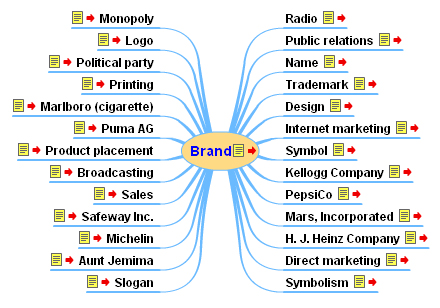
There are six main types of industrial goods which are mentioned below with examples. A car manufacturer may, for example, buy radiators, batteries, etc., from the manufacturers of these components.
What are industrial and consumer goods examples?
Machinery, plants, and raw materials are some examples of industrial goods. On the other hand, food, clothing, and drinks are some examples of consumer items.
This article addresses these differences and outlines why industrial marketing is the prequel of modern busines-to-business marketing. Nevertheless, markets for these commodities would eventually reach a saturation point in the demand from industrial economies. After this, demand growth would slow down and prices normally would fall. B) Manufactured Parts – Using the same example above, if we are making smaller units which play their role in larger products, then we are manufacturing parts as an industrial product.
Consumer and Industrial Goods
The low domestic saving rates are also sometimes given as an argument, because of standards of local elite consumption in copying the profile of their counterparts in developed countries. This is why fostering domestic industry was seen as the major development policy. Consumers perceive the differences in features very closely and prefer them over price. Businesses and companies classify those differences and hire professional staff to better inform the customers. Once understanding the types of products is necessary to understand the definition of the product.

But an economy would develop faster if it had proportionately higher α. The manufacturing raw material comprises casting, tires, small motors, wires, cement, yarn, iron, and others. Components of the material parts also go through the process further.
2 Pivot tables, Pivot charts, and dynamic dashboards for managerial data analysis
In the sale of equipments, personal selling plays a major role as compared to marketing and advertising. The raw material is an industrial product that businesses use for the production of other products. Natural resources like livestock, agricultural products, oceanic products, mineral water, and forest products fall under the category of raw material. The raw material usually loses its original state during the process and the final product. One way of categorising products is in terms of who the
intended consumer or customer is. A broad distinction can be made between goods
and services intended for use by individuals and households (
consumer products) and and for use by other
businesses (
industrial products).

The production of industrial goods calls for heavy capital investment. Most of the companies involved in the production of industrial goods raise capital by issuing shares and debentures and also by resorting to borrowing from financial institutions. The consumption of a durable good is spread out over the entire life of the good, which causes demand for maintenance and upkeep.
Data analysis for business and economics
Depending on the particular service, they are either consumer or industrial goods. They are activities, benefits, or satisfactions offered for sale or are provided in connection with the sale of goods. Manufactured materials and parts include component matters such as iron, yarn, cement, and wires, and component parts such as small motors, tires, and casting. Farm products are supplied by many small producers who sell them to intermediaries.
- A car manufacturer may, for example, buy radiators, batteries, etc., from the manufacturers of these components.
- “Unsought goods are goods that potential customers do not yet want or know they can buy.
- As compared to consumer goods, industrial goods are purchased in huge quantities.
- Index funds such as the S&P 500 include the entire industrials sector (and other sectors), while the S&P Capital Goods index fund contains just the industrial goods sector.
Investors also need to consider their asset allocation to the industrial goods sector. They can manage the sensitivity of their portfolios to the economic cycle through exposure to defensive sectors. Low capacity utilization (“overcapacity”) of industrial outputs represents weak demand. High meaning of industrial goods capacity utilization indicates strong demand and positive momentum in the sector. Industrial goods sector stocks are shares of companies within the capital goods sector. These companies might construct buildings, or manufacture tools and machinery for construction and manufacturing purchase.
Component Parts
Business services are typically provided by third parties to businesses and are already in use because businesses do not want to invest the time or energy necessary to get routine operations up and running. Essential equipment is the utility products that are required to produce, process, and sell the products. Another peculiar feature of industrial goods marketing is that the seller may enter into a leasing agreement with the user instead of making an outright sale of the machinery.
The evolution and significance of branding – 2023 – Articles – Transform magazine
The evolution and significance of branding – 2023 – Articles.
Posted: Tue, 13 Jun 2023 08:02:11 GMT [source]
What is industrial vs commercial goods?
“Industrial” refers to any business dealing with manufacturing goods. “Commercial” refers to any business done with the sole motive of gaining a profit. Furthermore, the Oxford dictionary says that industrial is “designed or suitable for use in industry” and that commercial is “concerned or engaged in commerce”.